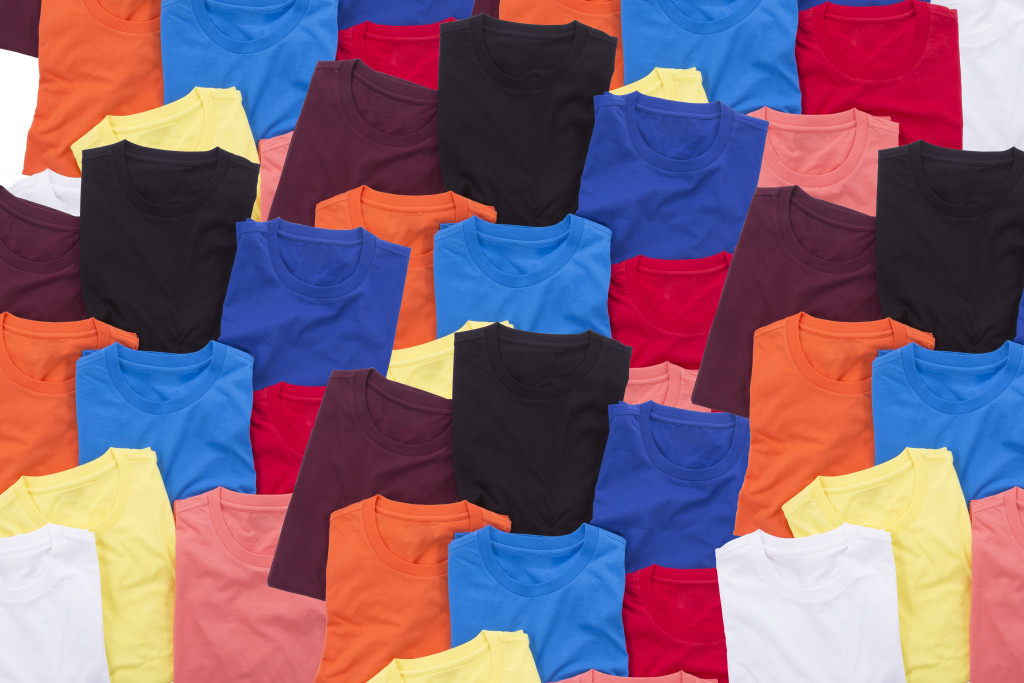The battle against plastic pollution has focused on single-use products such as grocery bags, straws, and plastic bottles. However, recently, a bigger threat has emerged: microplastics. Do not be deceived by their size. Microplastics are harmful to the environment and all the lives that live on this planet, including humans.
Microplastics have already entered the human body. The food that ends up on your plate very likely contains microplastics, and so does the water you drink. Microplastics are everywhere, and the worst part is, no one knows how to eliminate them.
As the name suggests, microplastics are tiny plastic pieces. Each one is less than five millimeters in length and cannot be seen by the naked eye. They can come from plastic products broken down over time by environmental factors such as wind and rain. However, most of them come from clothing.
Your Outfit is Shedding Microscopic Plastic Fibers
Plastic does not just exist in food packaging. It is also very prevalent in clothing. Synthetic fabrics such as polyester and nylon are harmful to the environment for various reasons. One, they are by-products of petroleum which already has a massive carbon footprint. Two, they are non-biodegradable, which means that they will continue to exist on the planet long after being utilized. Three, they are often lower quality and, therefore, will be tossed after only a couple of uses. Fourth, they shed plastic fibers.
All clothes shed fibers. That is why homeowners should regularly clean dryer vents. Fibers that shed from washing clothes can accumulate, preventing air from circulating and creating a fire risk. But, if a piece of clothing at home is made in synthetic fabric, it will shed plastic fibers that can end up in the dryer vent and then be released to the environment. It will only contribute toward the already alarming microplastic pollution.
Microplastics in the Most Remote Places on Earth

The plastic problem does not just exist in places where humans reside. They have been found even in the most remote places on Earth, including the Arctic. Recent reports revealed that in 96 out of 97 water samples taken from the polar region, microplastics had been detected. The majority of these microplastics (92 percent) are plastic fibers. About 73 percent of them are made of polyester.
Experts believe that these plastic fibers were from clothing because they have the same width as those used in the fabric. Moreover, they all have different colors, which further add evidence to the belief that they were shed from laundry.
Moreover, the researchers suggested that these plastic fibers are from clothes washed by consumers in Europe and North America. Estimates predict that plastic dumped in the seas in the United Kingdom will only take two years to travel to the Arctic. More water flows from the Atlantic to the Arctic than from the Pacific. It is not a stretch to assume that a huge portion of the garbage found in the Arctic came from the UK and North America.
Plastic has also been found in the highest point of Earth, the peak of Mount Everest, and the deepest, the bottom of the Mariana Trench.
In the Air You Breathe at Home
But, microplastics are not just in the water and on land. It is also present in the air we breathe. Microplastic fibers are inside buildings, mixed in the dust on the floor and floating around in the air. Of all the dust in indoor air, 33 percent are microplastic fibers shed by synthetic fabrics.
Because of their size, microplastic fibers are ingested by humans regularly. Previous research has discovered that a person, on average, ingests about 14,000 and 68,000 particles of microplastic fibers per year. No one knows exactly what its impact on the body will be, but certain materials used to manufacture plastic have been linked to certain cancers. For example, BPA (bisphenol A) can cause cancer when consumed because it mimics estrogen. BPA can also disrupt the brain development of a child in the womb.
Moreover, textile workers who have been exposed to polyester and nylon fibers frequently experienced coughing, shortness of breath, and weakened lung capacity. Microplastics have already been detected in lung tissue.
It is a difficult problem to solve. Humans cannot just sift them out of the water, air, or land because they are too small. Doing so might also harm living creatures that are about the same size or bigger than microplastics.
However, switching to natural fabrics is not ideal, either. Cotton, for example, may be biodegradable, but growing it requires large amounts of water to the point that it leads to water crises in surrounding communities.
Work needs to be done to figure out how to mitigate the problem. Right now, consumers can either choose to buy clothing items made from natural fabrics and limit their purchases to only those that they truly need.
